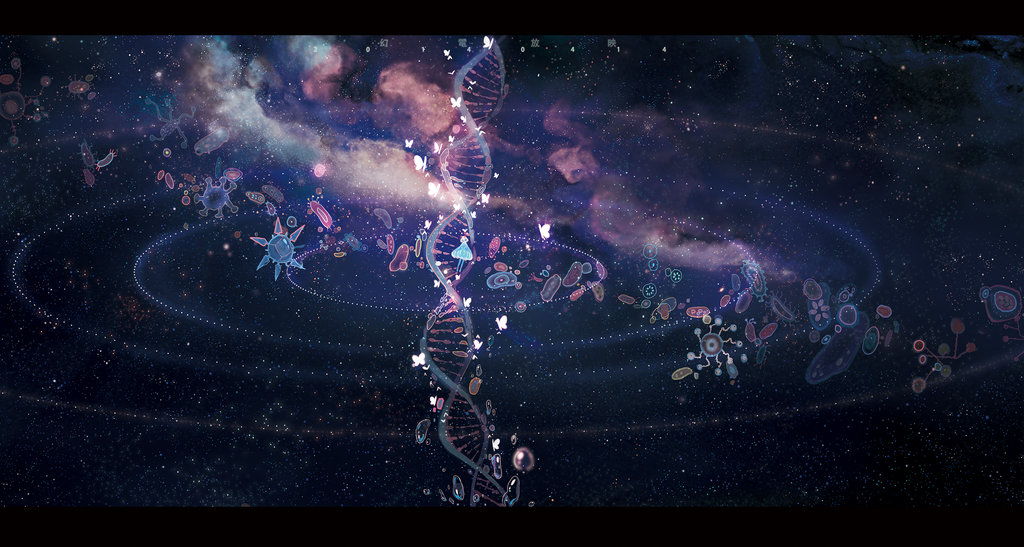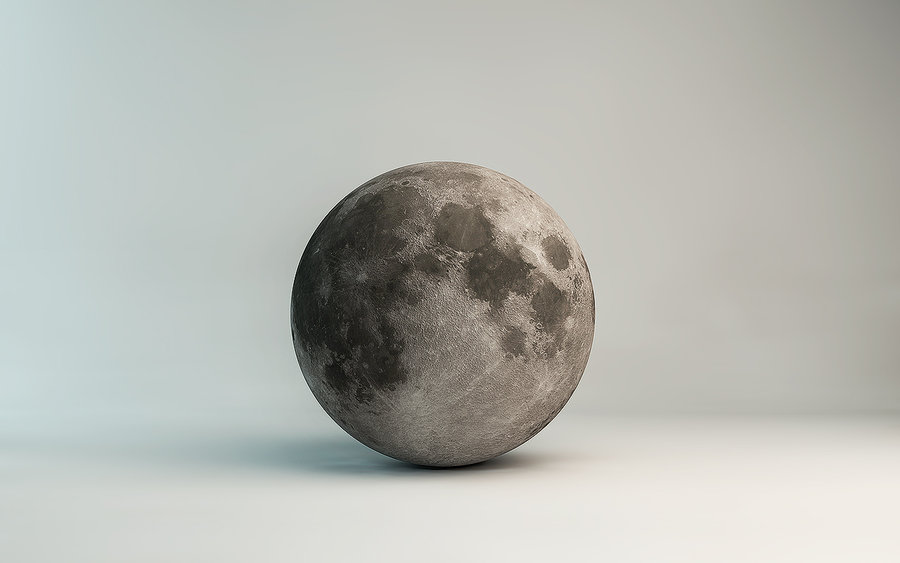Sure, why not? There are many reasons why DNA is probably the beat candidate for the job. For one, it’s much smaller that anything that’s traditionally used and just one tiny little gram can fit more than 200,000 times the data that one terabyte hard drive can hold. But, it’s still very early days in working with DNA hard drives and so far scientists have only uncovered a portion of its storage capacity.
This new method used by coauthors Yaniv Erlich and Dina Zielinski was inspired by the way in which movies are streamed across the internet. “We mapped the bits of files to DNA nucleotides. Then, we synthesized these nucleotides and stored the molecules in a test-tube. To retrieve the information, we sequenced the molecules. This is the basic process. To pack the information, we devised a strategy – called DNA Fountain – that uses mathematical concepts from coding theory. It was this strategy that allowed us to achieve the optimal packing, which was the most challenging aspect of the study,” explained Erlich.
File streaming services like Netflix use fountain codes to send information via small sections called packets. If just a few of these packets get lost in transmission, then Netflix can easily reconstruct the whole thing. Using this same concept the team discovered DNA was much the same and could only be created and sequenced in small batches. Bearing that in mind, sometimes when breaking down large parts of information, data can become lost. The other not so great thing about using DNA for storage is that it breaks down after sequencing so the more that’s read, the more that’s lost. So although DNA will become a viable option for data storage in the future, I don’t think it’s ready quite yet.
Related Links;
- DNA Fountain enables a robust and efficient storage architecture
- Speck of DNA Contains a Movie, a Computer Virus, and an Amazon Gift Card
- DNA could be the future of data storage
- Hard drives of the future could be made of DNA
More News To Read











